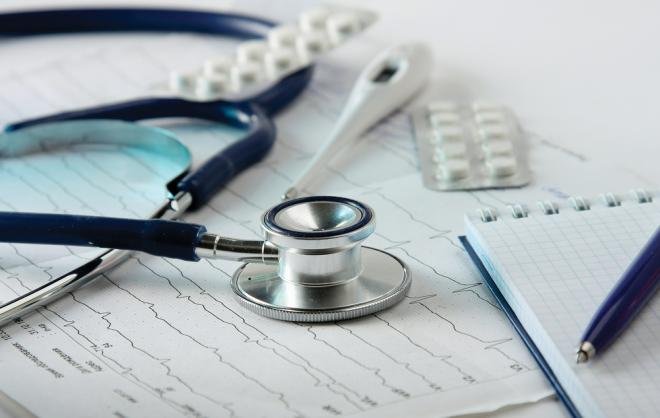New Delhi, Aug 29: Ministry of Petroleum & Natural Gas has come across several news items appearing in various newspapers about the CAG report stating that direct LPG subsidy savings was less than the Government’s claim.
In this regard, it is clarified that an intensive exercise was carried out for identifying duplicate domestic LPG connections and, as of April 1, 2015, 3.34 Crore such connections were identified by the Oil Marketing Companies (OMCs). As a result of implementation of DBTL (PAHAL) mechanism, it became possible to block these 3.34 Crore LPG connections as the subsidy was transferred in the accounts of only those consumers who had registered under PAHAL and who have been cleared after de-duplication exercise. Before DBTL, all or many of these 3.34 crore consumers would have continued to purchase subsidized cylinders from the distributors. But for the blocking of these accounts, the subsidy bill would have been much higher despite fall in crude oil prices.
For the financial year (FY) 2014-15, for 3.34 crore consumers outside the PAHAL net, the Estimated savings would be 3.34 crore x 12 cylinders x Rs.369.72 (average Subsidy/cylinder for FY 2014-15) equal to Rs.14,818.4 crore. Following a similar principle, the Savings estimated for FY 2015-16 is Rs.6,443 crore and the total for both the years works out to Rs. 21,261 crores.
The total consumption of cooking gas in any given year is a combination of the number of connections at the beginning of the year, bogus connections eliminated during the year through the process of DBT under PAHAL, new connections issued to genuine consumers during the year and normal fluctuations in individual consumption. Hence, the saving from implementation of DBT cannot be correctly computed merely by reference to the total consumption in a year or the total expenditure on subsidy. If the DBT had not been implemented, the outgo on the subsidy would have been higher by Rs. 14,818 crore in 2014-15 and Rs. 6,443 crore in 2015-16. Hence the total savings from the elimination of fake connection as a result of implementation of DBT for the two years together, as calculated above, is estimated at more than Rs. 21,000 crore. Since fake connections are mostly used for diversion, hence it is assumed that the full entitlement would have been utilised. This figure is not comparable with the actual expenditure on subsidy which includes the subsidy on new genuine connections given during these two years. Without implementation of PAHAL, subsidy burden would have been higher than the actual expenditure recorded during these years, even with lower petroleum prices.
Furthermore, it should be noted that concrete evidence of successful elimination of bogus connections is seen in the phenomenal growth of non-subsidized commercial LPG sales which have registered in an increase of 39.3% in the period April 2015 to March 2016. This is in contrast to the pre-PAHAL experience when commercial sales growth was negligible or declining.


























